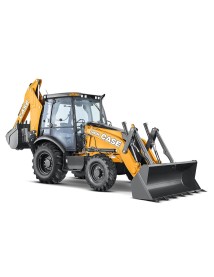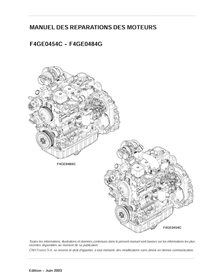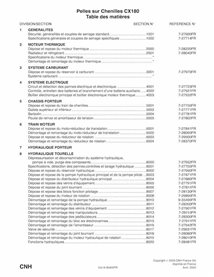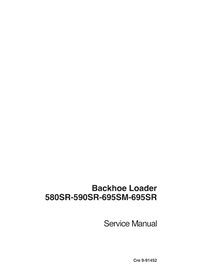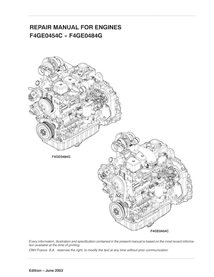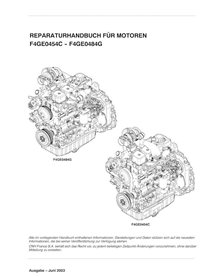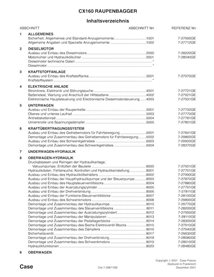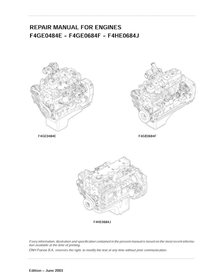Case Service, Repair and Operator's PDF manuals
Download service and operator's manuals for Case excavator, loaders, dozers and other construction machines. Operators, repair and service manuals available in PDF, documents previews available for free, PDF downloads available instantly after payment.
Case Construction is a well-known manufacturer of heavy equipment such as excavators, loaders, backhoes, and skid steers. The company provides various manuals for its machines to help operators, technicians, and owners operate and maintain their equipment efficiently. Here are some of the different manuals that Case Construction provides for its machines:
-
Operation and Maintenance Manual: This manual provides information on how to operate the machine safely, including instructions on how to start, operate, and stop the equipment. The manual also covers maintenance procedures such as oil changes, filter replacements, and routine inspections.
-
Parts Manual: This manual provides detailed information on every part of the machine, including part numbers, descriptions, and illustrations. The parts manual is an essential tool for operators and technicians who need to identify and replace faulty parts on the equipment.
-
Service Manual: The service manual is a comprehensive guide that covers all aspects of the machine's maintenance and repair. It provides detailed instructions on how to troubleshoot and diagnose problems, including step-by-step procedures for repairing and replacing faulty parts.
-
Owner's Manual: The owner's manual is a comprehensive guide that provides information on how to operate and maintain the machine safely. It includes instructions on how to perform routine maintenance, as well as guidelines for safe operation and storage of the equipment.
-
Training Manual: Case Construction also provides training manuals to help operators and technicians learn how to operate and maintain the equipment safely and efficiently. These manuals typically include classroom instruction, hands-on training, and written tests to ensure that operators and technicians have a thorough understanding of the equipment.
Overall, Case Construction provides a range of manuals to help owners, operators, and technicians operate and maintain their machines safely and efficiently. These manuals are essential tools for anyone who works with heavy equipment and wants to ensure that their equipment remains in good condition.
Less